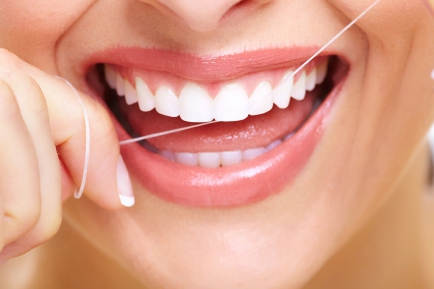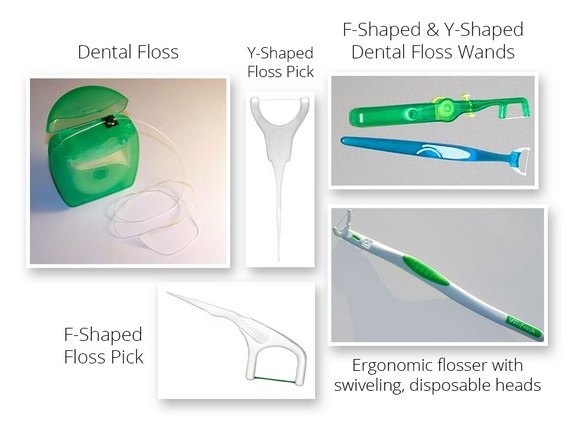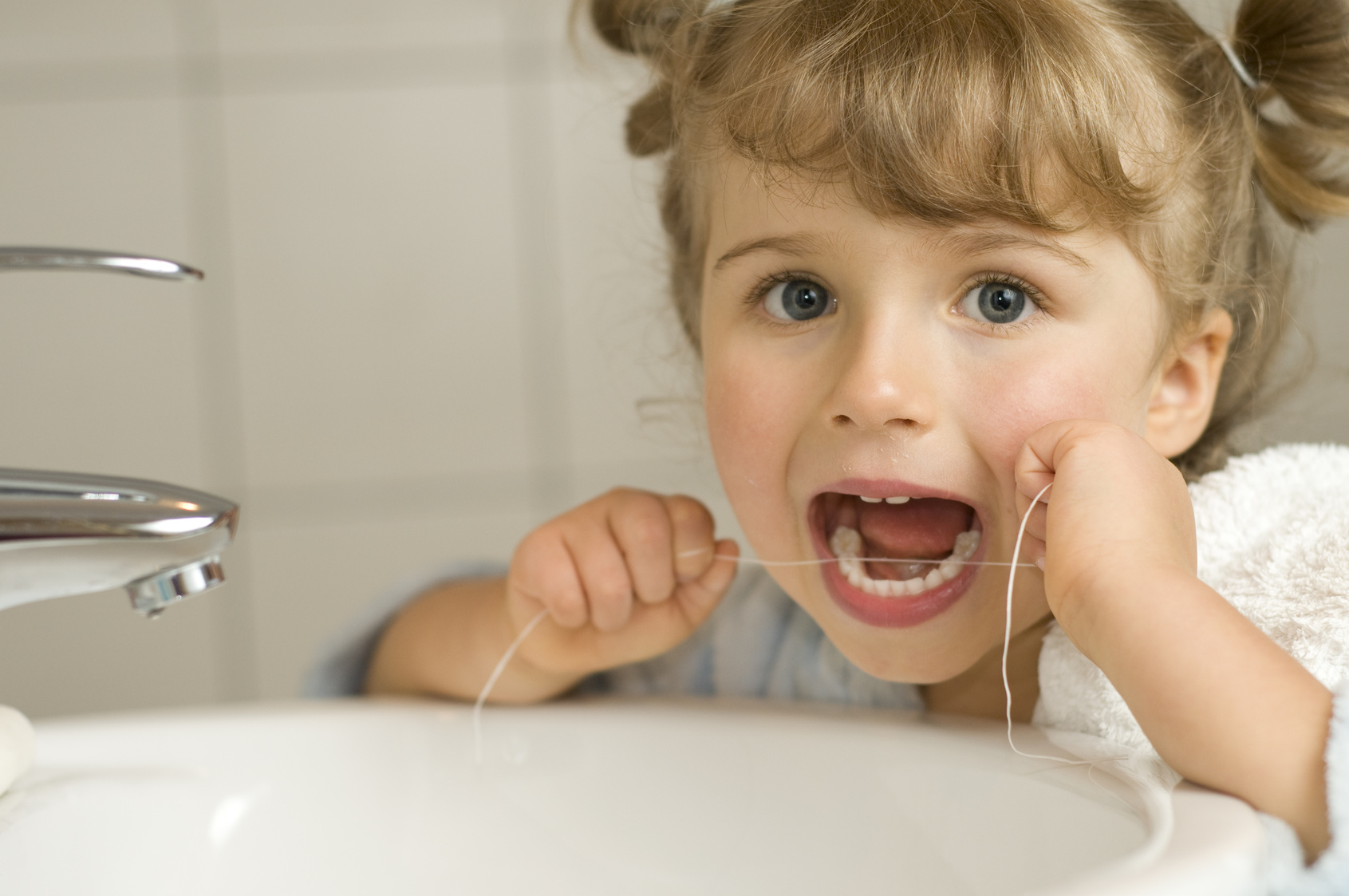 If you’re relying solely on brushing to keep your teeth clean, you’re missing nearly half the surface area of your teeth which, unsurprisingly, lies between them. For that reason alone, flossing should be an essential part of your oral care routine and never an optional extra.
If you’re relying solely on brushing to keep your teeth clean, you’re missing nearly half the surface area of your teeth which, unsurprisingly, lies between them. For that reason alone, flossing should be an essential part of your oral care routine and never an optional extra.
By using floss to remove the plaque from between your teeth, you’re helping to prevent gum disease, tooth decay, and halitosis (otherwise known as “bad breath”), a considerable amount of upside for just a couple of minutes effort each day.
A Part of Your Routine
It’s always best to floss when you’re not in a rush or too tired to do it well. If you find yourself exhausted at the end of the day, then it's a good idea to floss first thing in the morning or after lunch. Alternatively, if you like to go to bed with a clean mouth then floss before your nightly brush. If you have kids, they should begin flossing (with your help) as soon as they have two teeth in contact. At age 8 they can begin to floss independently.
How to floss
Your dentist is the most qualified person to instruct you on flossing correctly but there are some basic tips you can follow:
Tip 1. Wind approximately 45cm of floss around your middle fingers and grip it tightly between your thumbs and index fingers.
Tip 2. Keeping the thumb and forefingers close together, gently guide the floss between the teeth, taking care not to cut or damage your gums with abrupt movement. You should use a side-to-side motion to ensure the sides of both teeth are cleaned equally.
Tip 3. To clean the “neck” of the tooth, which is the point where it meets the gums, curl the floss and insert it gently under the gum.
Different Types of Floss and Floss Aids

If sticking your fingers into your mouth with a cord of thin filaments strung between them isn’t your idea of fun, then consider using either a less invasive floss threader (a nylon loop through which you thread the floss) or floss pick (the floss is held taut between two prongs on a handle) to do the job. And finally, your dentist might also recommend using other items such as bottle brush-shaped interdental cleaners, if you have large gaps between your teeth, or interdental tips (flexible rubber tips) and irrigators (electrically-powered water-pumping devices) to compliment your flossing regimen.
